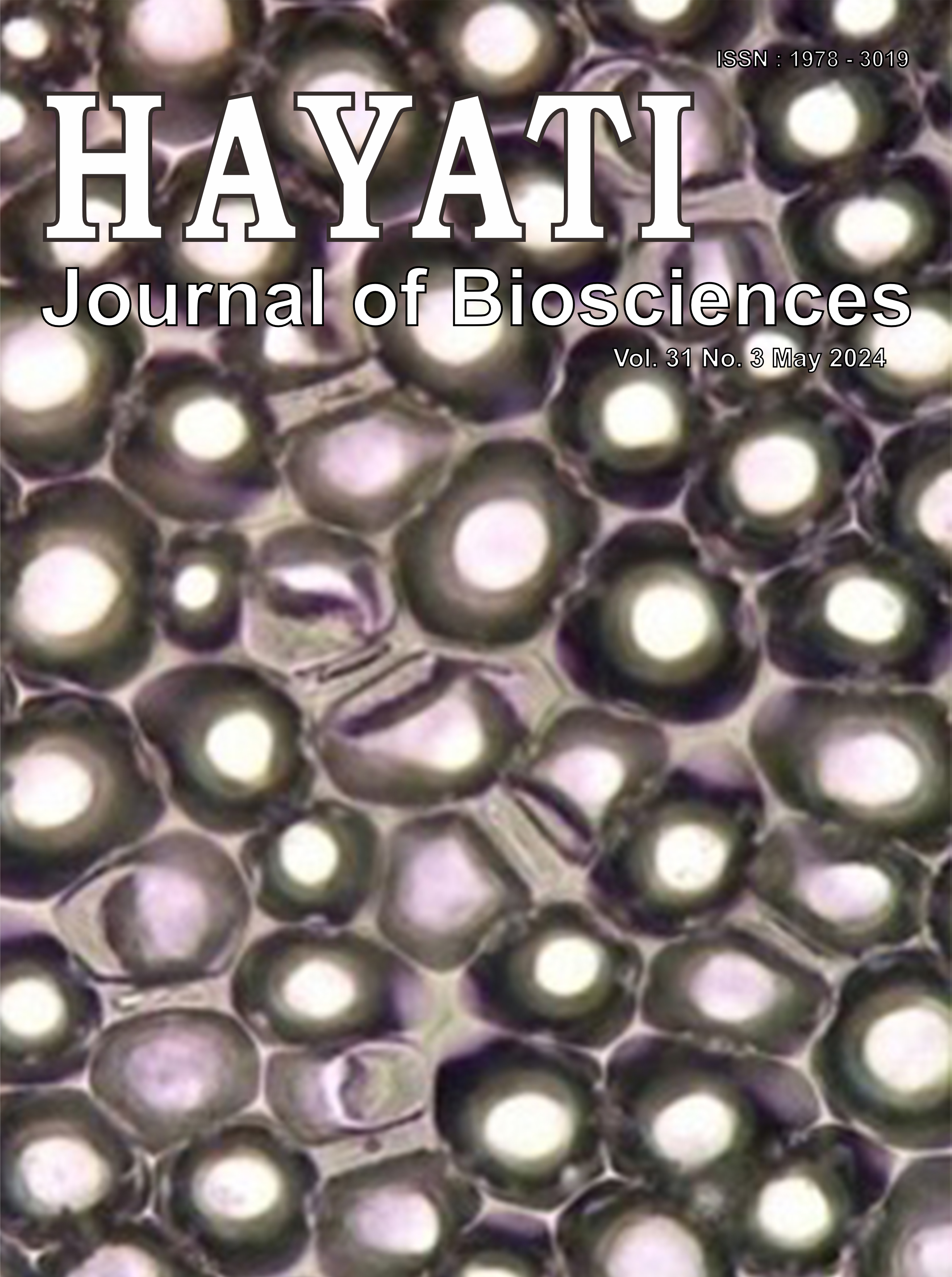Streptococcus agalactiae Associated with "Dark Body" Disease on Snakeskin Gourami Farmed in the Mekong Delta, Vietnam
Abstract
Streptococcosis, due to Streptococcus agalactiae, has become a serious challenge for aquaculture around the world. Therefore, the main purpose of this work was to confirm the etiological agent that caused "dark body" disease in snakeskin gourami (Trichogaster pectoralis) cultured in the Mekong Delta, Vietnam. Infected fish displayed clinical signs, including anorexia, lethargic swimming on the water surface, corneal opacity, and hemorrhage in the base of the fin. Remarkably, abnormal black coloration on the body and serious hemorrhage at the base of the pectoral fin, and on the body were found in infected fish. In total, 75 bacterial strains were isolated from different diseased fish farms. Based on morphological and physiological characteristics, the API 20 Strep test, and 16S rRNA sequence analysis, the result illustrated that the bacterial isolates were identified as S. agalactiae. Additionally, antibiotic sensitivity testing revealed that all the S. agalactiae isolates were sensitive to amoxicillin, rifampicin, clarithromycin, erythromycin, doxycycline, cephalexin, novobiocin, and sulfamethoxazole-trimethoprim. Interestingly, S. agalactiae strains were only resistant to gentamycin in this study. Two strains, SRT41 and SRT43, carried out an experimental challenge with concentrations from 104 to 107 CFU/ml in healthy snakeskin gourami, and the LD50 values of the isolates, SRĐT41 and SRĐT43, were determined to be 2.15 × 105 and 3.59 × 103 CFU/ml, respectively, after 7 days. To our knowledge, this is the first report of S. agalactiae derived from intensively cultured snakeskin gourami in the Mekong Delta, Vietnam.
Downloads
Copyright (c) 2024 Tu Thanh Dung, Quach Van Cao Thi, Nguyen Bao Trung

This work is licensed under a Creative Commons Attribution-NonCommercial 4.0 International License.
HAYATI J Biosci is an open access journal and the article's license is CC-BY-NC. This license lets others distribute, remix, tweak, and build upon author's work, as long as they credit the original creation. Authors retain copyright and grant the journal/publisher non exclusive publishing rights with the work simultaneously licensed under a https://creativecommons.org/

























.png) IPB University
IPB University Department of Biology
Department of Biology The Indonesian Biological Society
The Indonesian Biological Society 

